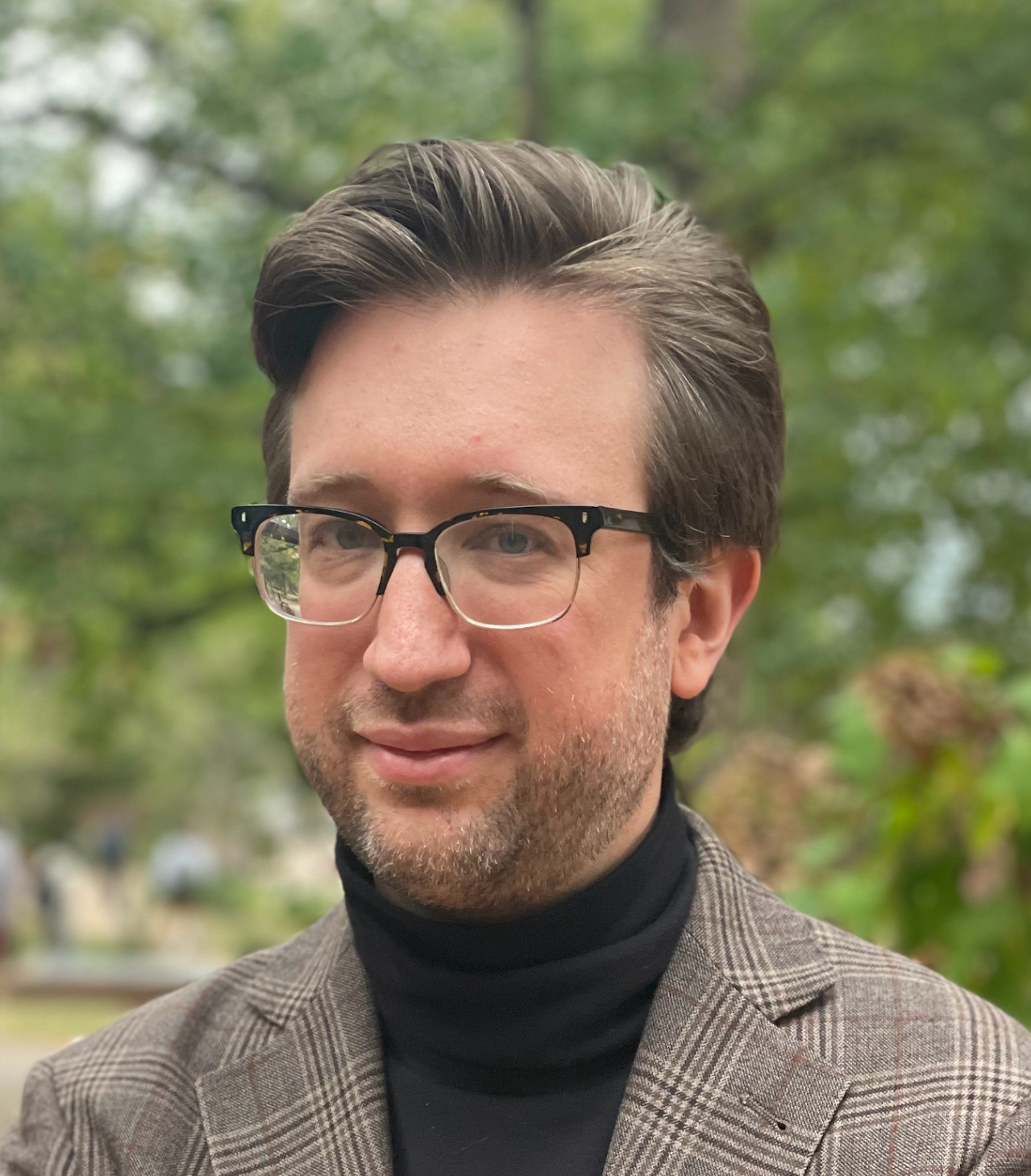Written by Eric Moses Gurevitch, Ph.D.
 When you think of the history of science, what comes to mind? For some, like the viewers of Christopher Nolan’s Oppenheimer, the history of science is a history of the technological conquest of a few men over nature. It operates as warning about the horrors they ushered in. For others – think here of the audience of Bertolt Brecht’s Life of Galileo – the history of science is the history of the tenuous triumph of reason over religion. It is a cautionary tale of the constant risk of backsliding into superstition. For those who watched Theodore Melfi’s Hidden Figures – the history of science is an opportunity to recover the stories of those people who contributed to the modern world, but who were erased because of their racial and gender identities.
When you think of the history of science, what comes to mind? For some, like the viewers of Christopher Nolan’s Oppenheimer, the history of science is a history of the technological conquest of a few men over nature. It operates as warning about the horrors they ushered in. For others – think here of the audience of Bertolt Brecht’s Life of Galileo – the history of science is the history of the tenuous triumph of reason over religion. It is a cautionary tale of the constant risk of backsliding into superstition. For those who watched Theodore Melfi’s Hidden Figures – the history of science is an opportunity to recover the stories of those people who contributed to the modern world, but who were erased because of their racial and gender identities.
All of this is to say that science is all around us today, and so too is the history of science. But when it comes to looking at the non-modern, non-west, the history of science has a shakier foothold. This situation is changing as exciting new scholarship shows histories of science from a global perspective. My own research contributes to this by focusing on how people in medieval and early modern South Asia understood and manipulated the natural world. My first book project explores the lives of people who turned to vernacular languages to write about how to care for elephants, collect taxes, assay gold, predict the weather, construct reservoirs, and cure poisons. This has, I argue, significant implications for how we view modern sciences. It is not a moment, as the astronomer and PBS-personality Carl Sagan would have it, that was “a poignant lost opportunity for mankind.”
I was led here on a circuitous path, guided by what another PBS-personality, the painter Bob Ross, might call a series of “happy accidents.” I grew up attending a Jewish school in New York City and then switched to a somewhat-Episcopalian school for high school. By the time I got to college, I knew that I wanted to figure out the whole religion thing, and I soon found myself taking – among other things – Sanskrit classes at the University of Chicago. After graduating, I moved to Mysore to continue my studies, teaching English at a local school in the mornings and studying with Sanskrit and Kannada pandits in the afternoons. Eventually I moved back to the United States, Eventually I moved back to the United States and graduated from Chicago with a joint PhD degree from the Department of South Asian Languages & Civilizations and the Committee on the Conceptual & Historical Studies of Science.
At Vanderbilt, I am a Collaborative Humanities Postdoctoral fellow in the Asian Studies Department. I have been welcomed into an encouraging community of colleagues, mentors, and friends – often all three at once – that has helped me to shape my dissertation research into a book manuscript. Given my short attention span, this is a good thing, and I am moving forward with two new projects. The first explores the literate and numerate practices of artisans and other people from caste-oppressed communities in medieval and early modern South Asia. The project brings together questions of craft, technology, and caste to tell an intellectual history that is not merely the history of intellectuals. The second is a social history of medicine in South Asia from 1300 to 1700 that centers medical debates, vernacular-language texts, and the collection of recipes and materia medica. The project investigates multilingual medical cultures that worked across boundaries and borders in South Asia and the Indian Ocean world.